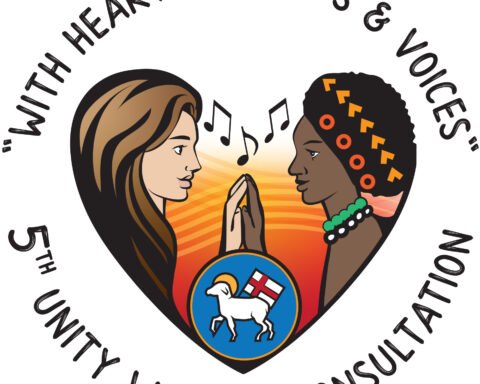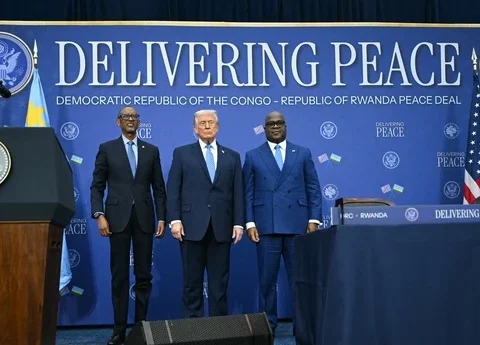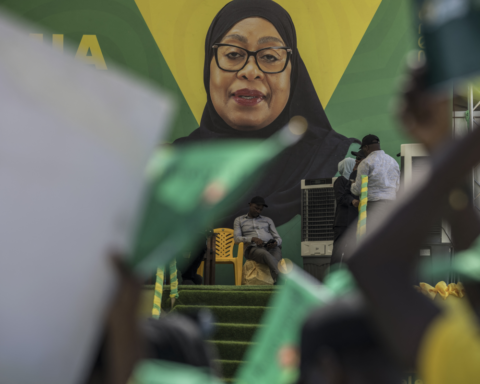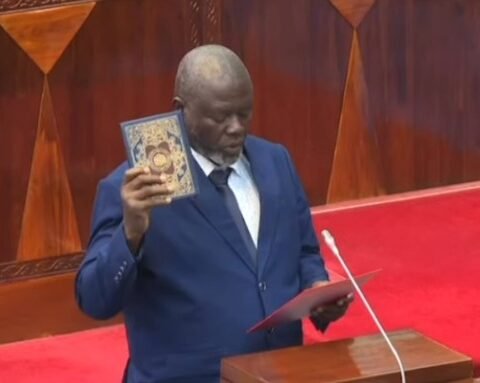Kenya, once hailed as a model for providing free education in sub-Saharan Africa, is now rethinking its commitment.
The government has officially confirmed it is struggling to finance free learning for primary and secondary schools, citing rising student numbers and budgetary constraints.
Speaking before the National Assembly on July 24, Cabinet Secretary for Treasury, John Mbadi, announced a significant reduction in capitation grants — the government’s contribution to each learner’s education.
“We can no longer afford to sustain free education at the current scale,” said Mbadi. “The capitation for secondary school students will now be lowered from KSh 22,244 to KSh 16,900 per learner annually.”
At the primary school level, the funding will remain at KSh 1,420, which critics argue is insufficient to meet rising operational costs.
The announcement comes amid an unprecedented surge in school enrollment following years of educational reforms, including the introduction of the Competency-Based Curriculum (CBC) and increased awareness about the value of education. However, funding has not kept pace.
Education Cabinet Secretary, Julius Ogamba, attributed the funding crisis to a mismatch between growing student numbers and the budget allocations made over the past five years.
“We are witnessing record-breaking enrollment, but the financial support has barely changed,” Ogamba said. “This imbalance is putting the entire education system under immense pressure.”
Also Read; Kwala Dry Port Set to Revolutionize East African Trade
For many parents, the announcement came as a shock. In towns like Kisumu, Nairobi, and Eldoret, parents expressed deep concern over the additional financial burden now resting on their shoulders.
“Public school was our only option,” said Josephine Achieng’, a mother of four in Kisumu. “If we have to start paying for books and uniforms ourselves, many children will be forced out of school.”
Lawmakers from both ruling and opposition parties criticized the move, warning that it could reverse the gains made since free primary education was first introduced by President Mwai Kibaki in 2003.
Several MPs also raised concerns about corruption in education, particularly the issue of ghost schools and fake student enrolments that have siphoned billions from public coffers. One recent audit suggested that KSh 117 billion may have been lost through such schemes in the past decade.
The government maintains that these cuts are temporary and contingent upon improved tax collection and economic recovery. There are discussions within the Ministry of Education and Parliament to introduce reforms, such as:
- Consolidating scholarship programs and bursary schemes
- Implementing stricter digital monitoring via the KEMIS system
- Holding school management boards accountable for transparency and efficiency
Education experts, meanwhile, are calling for greater public investment in the sector to safeguard UN SDG Goal 4 — ensuring inclusive and quality education for all by 2030.
“This is not just about finances. It’s about the future of an entire generation,” said Dr. Caroline Mumo, an education policy analyst.
With more than 15 million learners enrolled across Kenya’s public school system, the effects of these funding cuts will be far-reaching — impacting classroom learning, teacher motivation, infrastructure, and access to essential learning materials.







